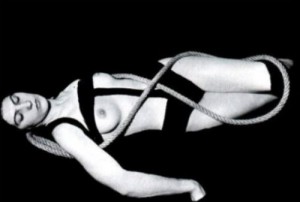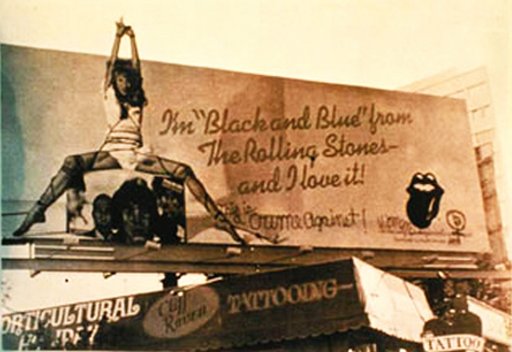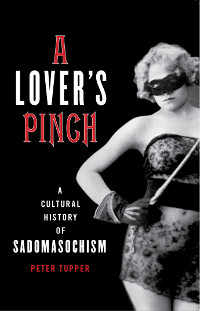Salon.com has an interview with former nun Mary Johnson, who worked under Mother Theresa at her mission in India. Currently being considered for canonization, the late Mother Theresa has come under scrutiny for her beliefs in the nobility in suffering, not only the voluntary kind, which border on religious masochism.
During your time with the sisters, you gave up all possessions—your hair, which had to be shorn every month, an audiotape sent by your parents, even photographs. How does this relate to the fusion of love and pain?
The Missionaries of Charity set out to live like the poor they serve. We each had two sets of clothes, which we’d wash by hand every day in buckets. We ate rotting vegetables and stale bread that we’d begged from wholesale grocers. We slept in common dormitories, without any privacy, on thin mattresses we’d made ourselves. Living poorly day by day convinces you that life is hard. For a Missionary of Charity, ideal love was self-sacrificing, even to the practice of corporal penance.
Your first session of self-flagellation is imprinted in my mind: “My knees shook. I took the bunch of knotted cords into my hands. From Sister Jeanne’s stall, I heard the beating sounds, one, two, three. . . . I swung harder. The skin of my lower thighs turned red, then red with white streaks as I hit harder.”
When I took that rope whip into my hands, I was scared, I was excited, I hoped that I was on my way to conquering my selfishness and becoming a holy person. When you visit the homes and shrines of various saints, you often see hair shirts or whips or spiked chains on display. This is a religion in which nearly every house of worship, classroom, and private home has as its most prominent feature the image of a bloodied, tortured man. We were taught that wearing spiked chains and beating ourselves allowed us to share in his work of redemption. I know it doesn’t make much sense when you say it just like that, but within that entire system it had its own weird logic.
I’m reminded of Hannah Cullwick and her nun-like devotion to her labours, based on her own private value system. Is this masochism? Of a kind.
The problem with this kind of thinking is what happens when you are in a position to impose it upon others, who have no choice in their conditions. Subsequent investigations have shown that her mission provided a standard of care that would be intolerable in any non-religious institution, and she avoided modern medicine. She followed a medieval line of thought that the soul in the afterlife was all that mattered, not the body in the moral world.




